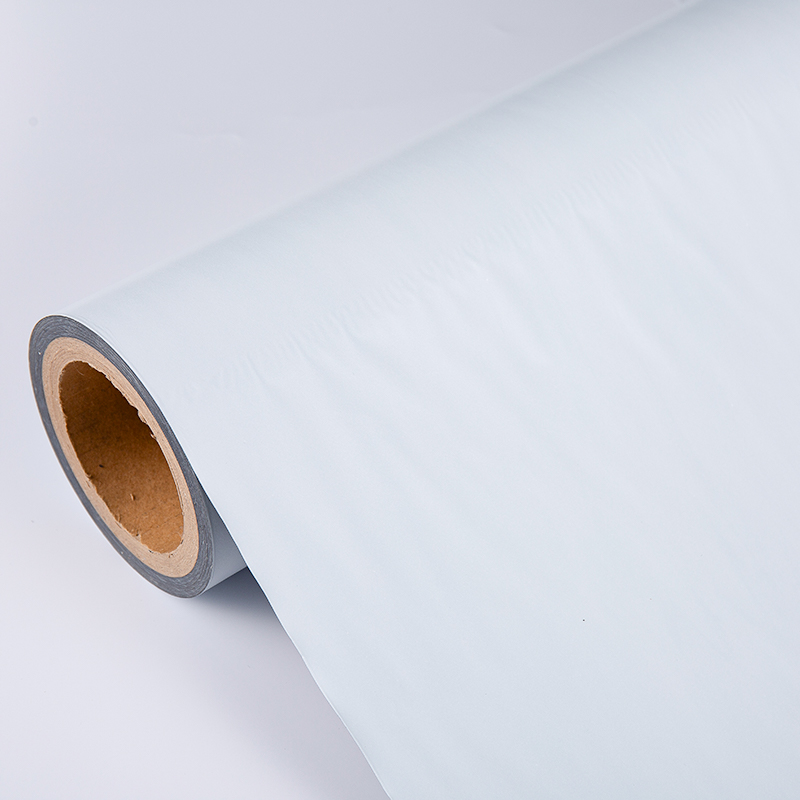Product Consultation
Your email address will not be published. Required fields are marked *
Flame retardant films are widely used in industries such as construction, electronics, transportation, packaging, and interior design, where fire safety is a critical concern. To ensure these materials meet specific safety standards, they are tested and classified according to various fire ratings. These fire ratings provide a standardized way to understand how the film behaves when exposed to fire—whether it resists ignition, suppresses flames, or contributes to fire spread.
1. UL 94 Fire Ratings (Underwriters Laboratories, USA)
The UL 94 standard is one of the most widely used flame retardant classifications for plastic materials, including films. It evaluates how quickly a material extinguishes after being ignited and whether it drips flaming particles.
UL 94 Ratings Include:
HB (Horizontal Burning):
The lowest rating. Material burns slowly in a horizontal position.
▪ Burn rate must be less than 76 mm/min (for thickness < 3 mm).
V-2 (Vertical Burning):
Material stops burning within 30 seconds; flaming drips are allowed.
V-1:
Material stops burning within 30 seconds; fewer flaming drips than V-2.
V-0:
Most flame-retardant vertical classification.
▪ Burning stops within 10 seconds with no flaming drips.
5VA and 5VB:
Higher standard than V-0, for materials used in demanding environments.
▪ 5VA resists burning through; 5VB may allow small holes.
Typical Use in Flame Retardant Films:
UL 94 V-0 is the most common requirement for electronics packaging films or insulation films used in electrical equipment.

2. NFPA 701 (National Fire Protection Association, USA)
This test is used primarily for textiles and flexible films used in architectural applications such as curtains, wall coverings, and event backdrops.
The test evaluates flame propagation after exposure to an open flame.
Material must self-extinguish and not continue to burn after a set exposure.
Two methods are used:
Method 1: For lightweight materials (< 21 oz/yd²)
Method 2: For heavier materials or composite fabrics
Applications:
Flame retardant decorative films used in public buildings, theaters, trade shows, and tents often comply with NFPA 701.
3. ASTM E84 / UL 723 (Surface Burning Characteristics of Building Materials)
Also known as the Steiner Tunnel Test, this evaluates both flame spread and smoke development of materials applied to building interiors.
Flame Spread Index (FSI):
Class A (0–25): Best rating, minimal flame spread
Class B (26–75): Moderate spread
Class C (76–200): Higher flame spread
Smoke Developed Index (SDI):
Measures visibility impairment due to smoke
Lower numbers are safer (Class A must have SDI < 450)
Application:
Used for wall films, acoustic panels, and ceiling wraps in buildings where interior fire performance is critical.
4. EN 13501-1 (European Fire Classification)
The EN 13501-1 standard is part of the European Building Regulation framework and is the most widely recognized fire test classification in the EU.
Euroclass Ratings Include:
A1 and A2: Non-combustible or nearly so
B: Very limited contribution to fire
C, D: Acceptable for some interior applications with moderate performance
E: Weak fire performance
F: No fire performance declared
Additionally, the rating includes smoke production (s1 to s3) and droplet formation (d0 to d2):
s1: Low smoke
s3: High smoke
d0: No flaming droplets
d2: Many flaming droplets
Example:
A film rated B-s1,d0 means it has very limited combustibility, very low smoke, and no flaming droplets.
5. DIN 4102 (Germany - now largely replaced by EN 13501-1)
Still referenced in some industries, particularly in older specifications.
B1: Flame-retardant (most common)
B2: Normal flammability
B3: Easily flammable
DIN B1 is roughly comparable to UL 94 V-0 or Euroclass B in flame-retardant performance.
6. FMVSS 302 (Federal Motor Vehicle Safety Standard - USA)
This standard applies to materials used inside motor vehicles, such as seat coverings, insulation, and plastic films.
The material must burn at less than 102 mm/min (4 inches/min) when tested horizontally.
If it self-extinguishes before reaching 38 mm, it passes automatically.
Application:
Flame retardant films used in vehicle interiors, dashboards, or wiring insulation are often certified to FMVSS 302.
7. Other Regional or Industry Standards
CAN/ULC-S109 (Canada): For flame testing of flexible materials
BS 476 Part 6 & 7 (UK): Surface spread of flame test
IMO FTP Code (Marine): For marine safety applications, including films used in ship interiors
JIS L1091 (Japan): Flame retardancy testing for textile materials including films
Conclusion
Flame retardant films are available with a range of fire ratings, depending on the application, industry standards, and local regulations. Choosing the right flame-retardant film requires understanding:
The specific rating system relevant to your region or industry
The required fire performance level (e.g., V-0 vs. B1 vs. Class A)
Whether you also need low smoke or non-dripping properties
Whether you’re sourcing a film for electronic insulation, automotive interiors, temporary structures, or architectural applications, confirming its fire rating is essential for compliance, safety, and performance.
Your email address will not be published. Required fields are marked *
You can contact to me using this form.
Copyright © 2023 Kunshan Red Apple Plastic New Material Co., Ltd. All Rights Reserved.
